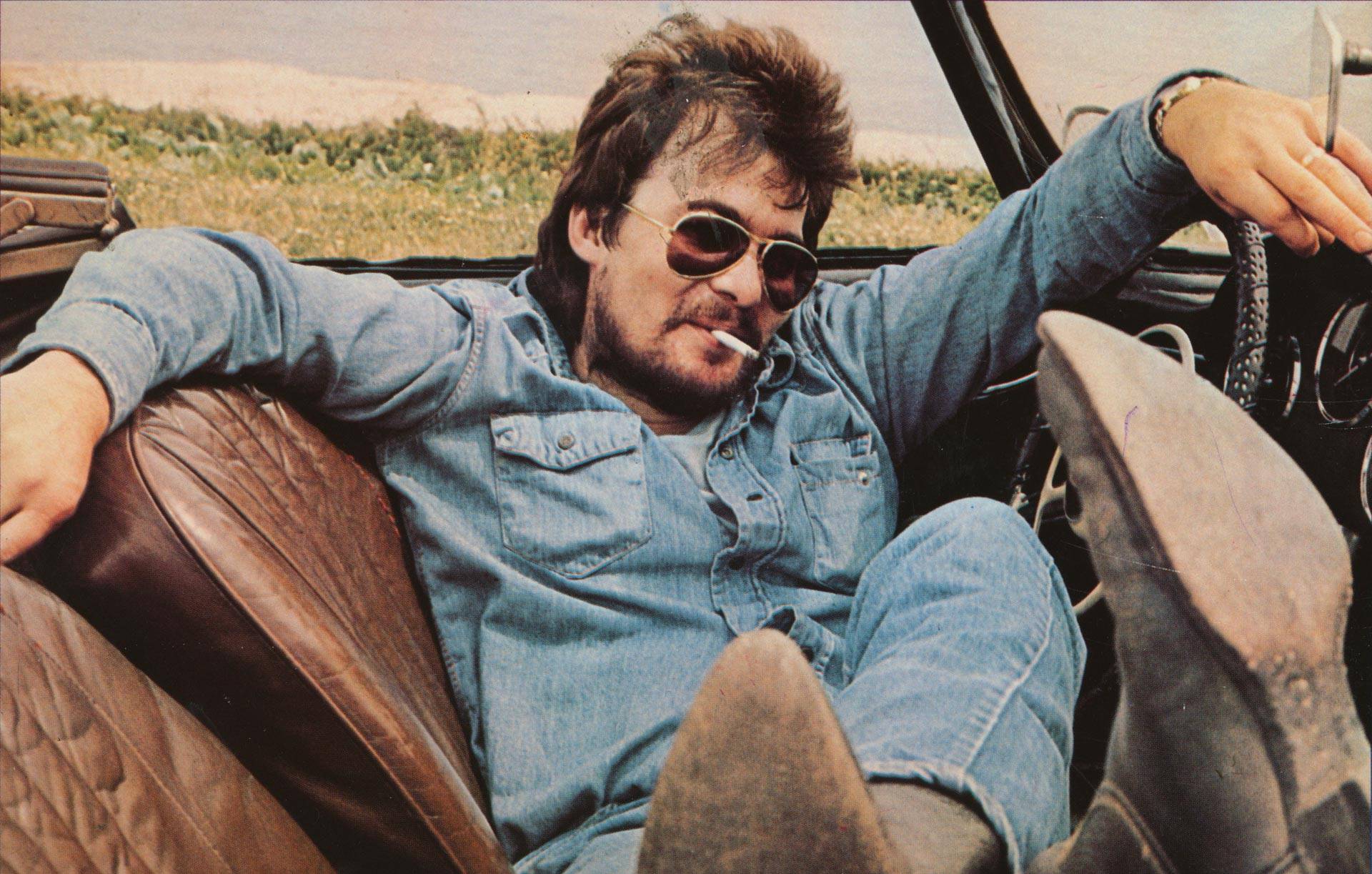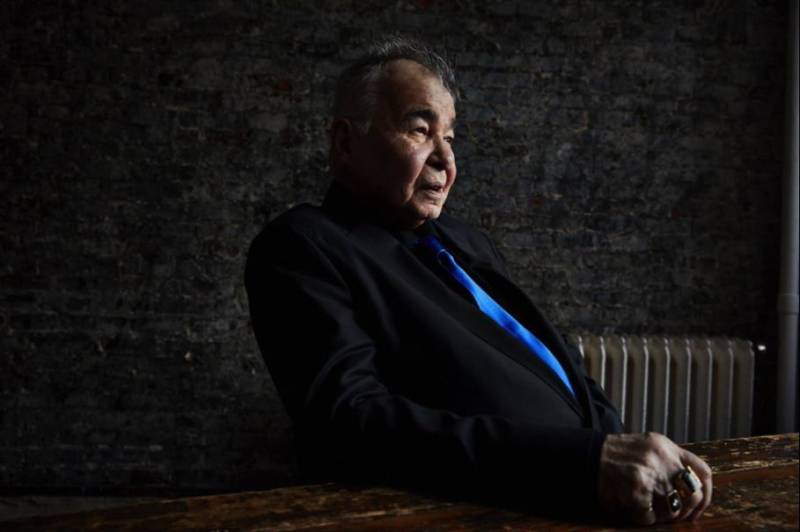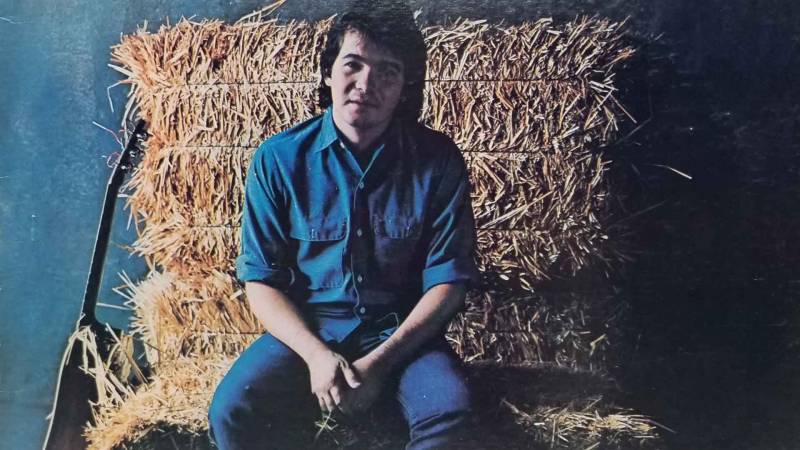1.
I was 24 when I first met John Prine.
He’d been on stage earlier that night, and a group of fans had gathered by the stage door. John talked to each and every one, including me, as I stuttered out a your-music-has-gotten-me-through-some-hard-times speech that he’d surely heard a hundred times before. In the process, I recited some of his own lyrics back to him that had helped, and that he’d surely sung thousands of times:
You can gaze out your window, get mad and get madder
Throw your hands in the air, say ‘what does it matter’
But it don’t do no good to get angry, so help me, I know
He was gracious about it, of course. For a guy whose songs involved so many small things—old pawn shops, frozen bathtub water, being scared of bees—it was the big-question songs that people always wanted to quote to him. The ones about age, memory, death. “Hello in There.” “Souvenirs.” “Angel From Montgomery.”
But in time, I grew to understand Prine’s focus on the little things. It’s a tool that songwriters talk about often: show, don’t tell. As I got older, I understood that “A heart stained in anger grows weak and grows bitter” was powerful, sure, but no more powerful than “There was four Italian sausages cooking on the outdoor grill, and man, they were ssssssssizzlin’.”
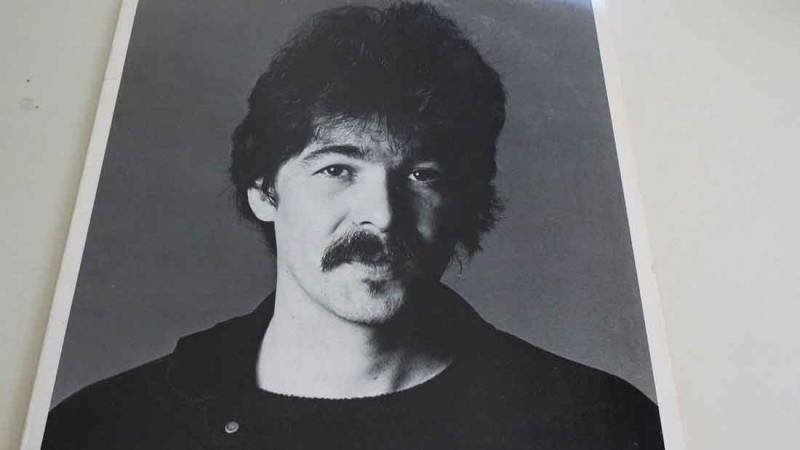
2.
Somewhere in the middle of those two opposites in John Prine’s music, the big stuff and the small details, lay “The Late John Garfield Blues.” When I lived alone, subsisting on ramen and scotch in a tiny downtown apartment, I gravitated to the song. Prine sang of everyday things like broken lamppost bulbs and fish that don’t bite, and in the middle, the big life revelations:
Old man sleeps with his conscience at night, young kid sleeps with his dreams
While the mentally ill sit perfectly still and live through life’s in-betweens
I’d play it over and over on my guitar, and sing the words, meditating on my condition. Was I veering toward mental illness? Was I just lonesome? Was there a difference? And why John Garfield, of all people?
Fast-forward a few years and I’m on the phone with Kris Kristofferson. He covered “The Late John Garfield Blues” a few times, so I asked him what the song was about. “Oh, I’ll tell you a funny story about that song,” he said.
Kristofferson told me that when he was living at Rita Coolidge’s place in Hollywood, he bought Prine’s latest album Diamonds in the Rough one day and was playing it on the turntable. “And it got to that song, and it kept stopping in that song! I said ‘What the hell’s wrong with this thing?’” Kristofferson said.
“And we looked at the title, ‘The Late John Garfield Blues,’ and Rita said, ‘My God. This was John Garfield’s house!’ There we were in John Garfield’s old house, and the record stopped twice to call our attention to it.”
A mysterious happening for an even more mysterious tune. “As to what it’s about?” Kristofferson added. “God, I don’t know. But I love the song.”
3.
I saw John Prine five or six times. I watched him sing “Angel From Montgomery” with Bonnie Raitt, “Paradise” with Todd Snider, “In Spite of Ourselves” with Iris Dement. That last one was special: he’d just beaten throat cancer, and had a hit comeback with In Spite of Ourselves, an album of duets about cheating and infidelity.
At every show I saw, Prine was showered with adoration, and not just from the fans. Once, at a songwriters-in-the-round benefit with Emmylou Harris, Steve Earle, Bruce Cockburn and Nanci Griffith, I witnessed the obvious reverence they all had for Prine when he sang.
His songs were covered by classic country singers like Johnny Cash, new country singers like Miranda Lambert, and rock bands like R.E.M. It was proof that his songs crossed generations, genres, and borders. (Imagine what a rap producer could do with the line “You know what blood looks like in a black and white video? / Shadows / Shhhhhhadows!”)
Once, at the Hardly Strictly Bluegrass festival in Golden Gate Park, I climbed a tree to catch a glimpse of Prine’s set. From my perch, I could see the meadow overflowing with people, spilling into the bushes, over the fences, and high up on any hill that would provide a view. It was an incredible sight.
He was loved that much.
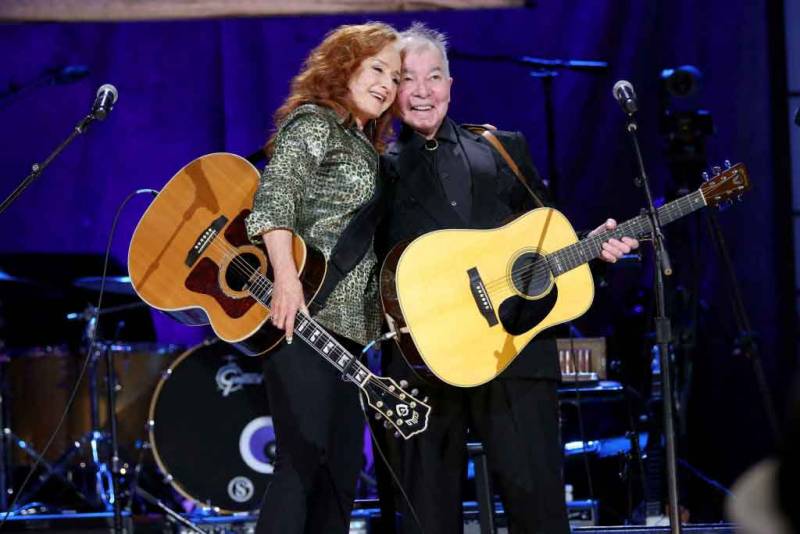
4.
At the record store, I ran into some musician friends, Henry and Brian. “Hey,” I suggested, “John Prine’s not gonna live forever. What say we put together a set of his songs so we can play a tribute show for him when he dies?”
“Why wait until he dies?” Henry replied.
And so last year, we started rehearsing together, once a week, in Henry’s living room. We didn’t have to practice too hard; the songs ran in our blood. “Illegal Smile.” “Fish and Whistle.” “The Great Compromise.”
In every corner of Prine’s catalog, we found unexpected riches beyond the well-known hits. “Grandpa Was a Carpenter,” an ode to ancestry and the simple life. “Clocks and Spoons,” a sweet lullaby. “Sabu Visits the Twin Cities Alone,” a quirky story about a child actor and his manager.
